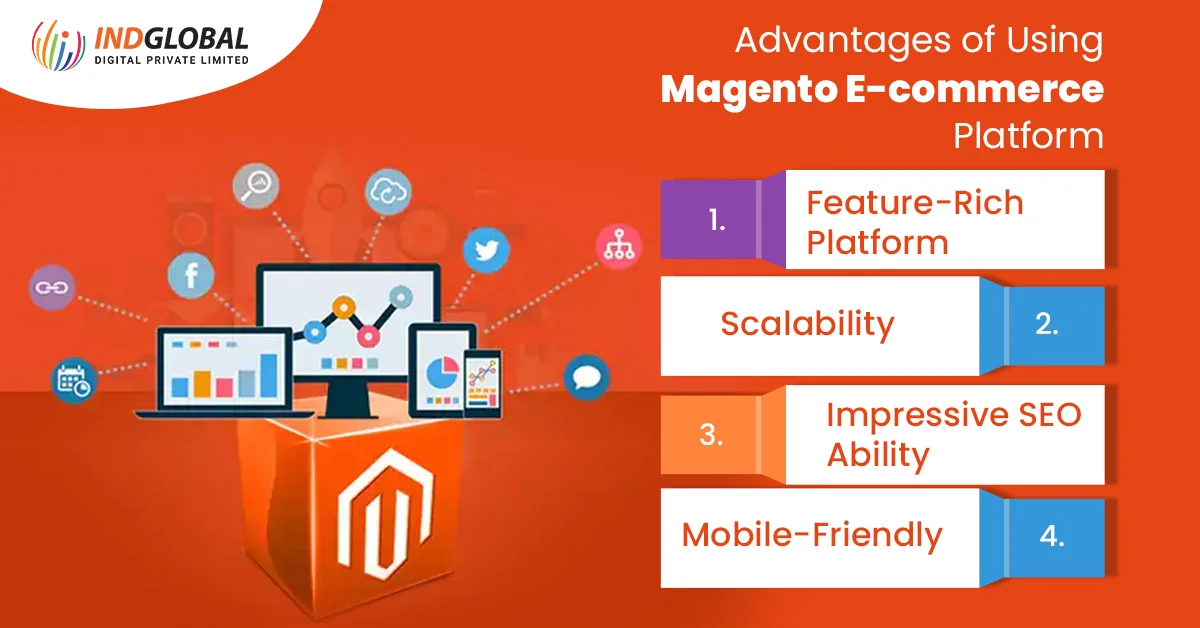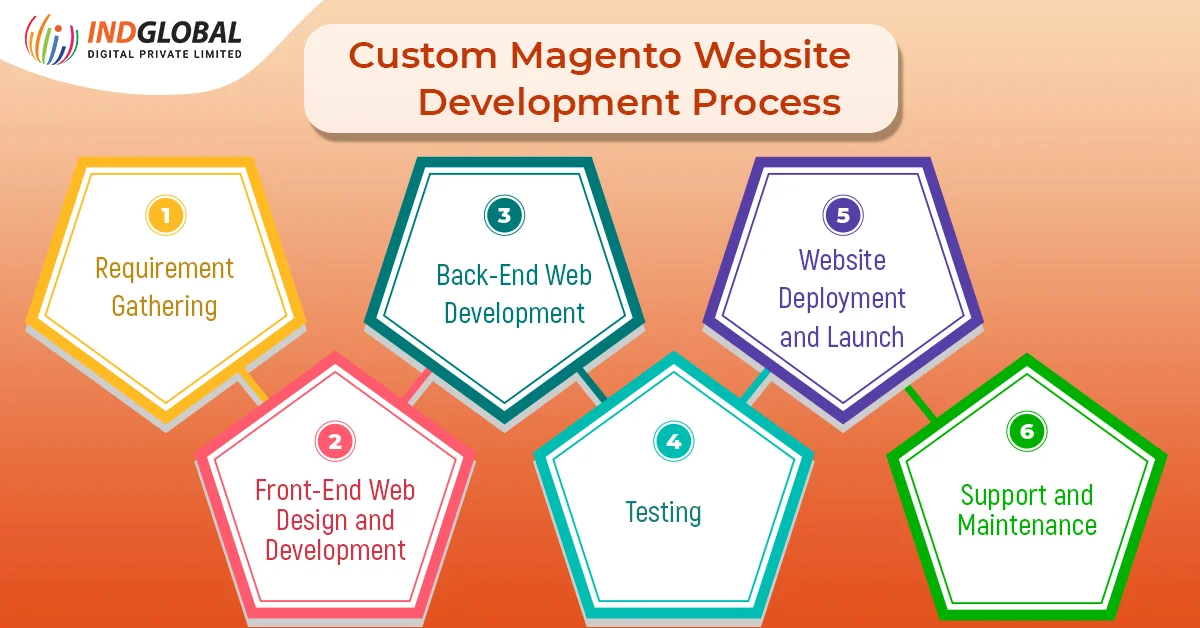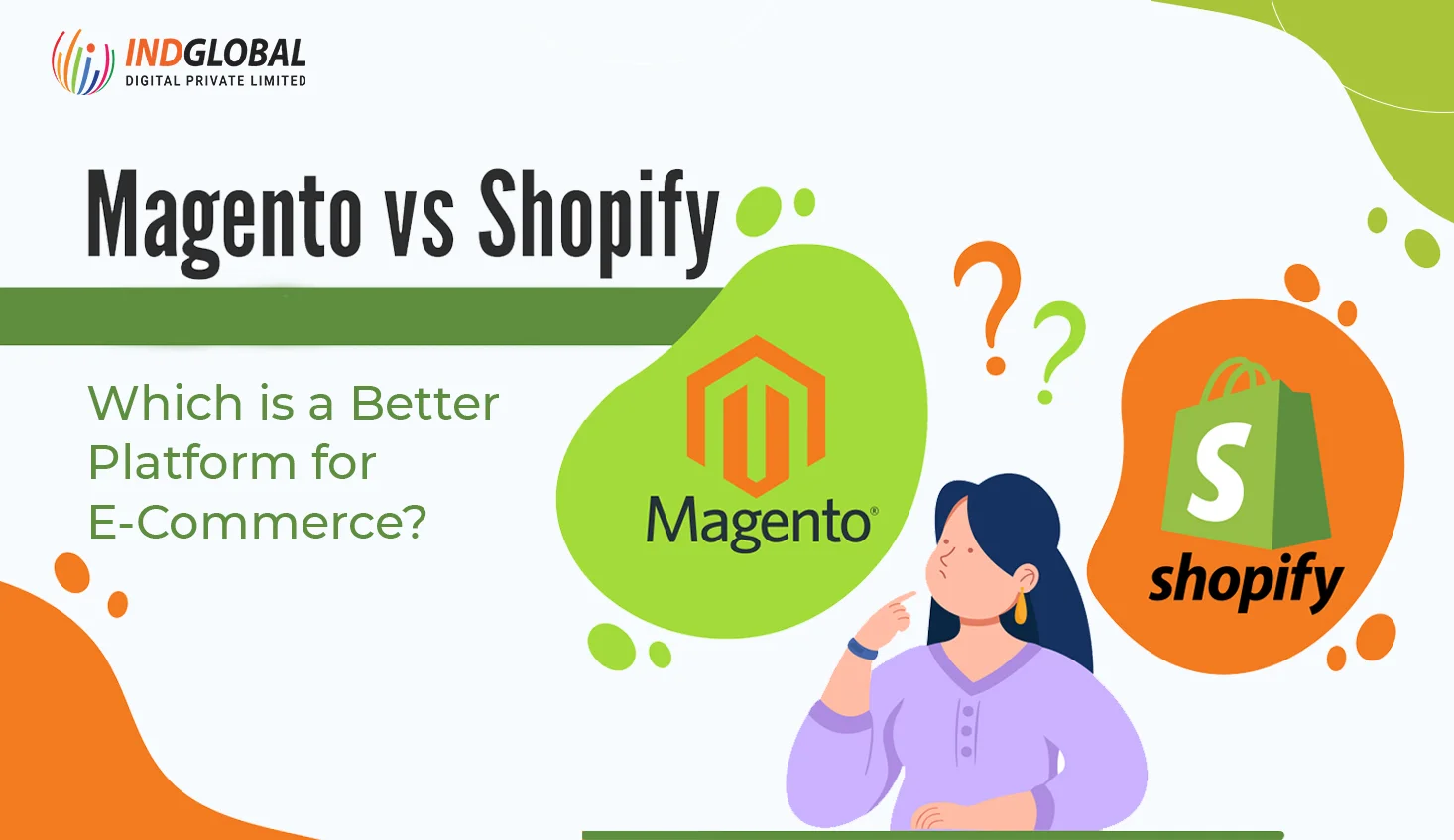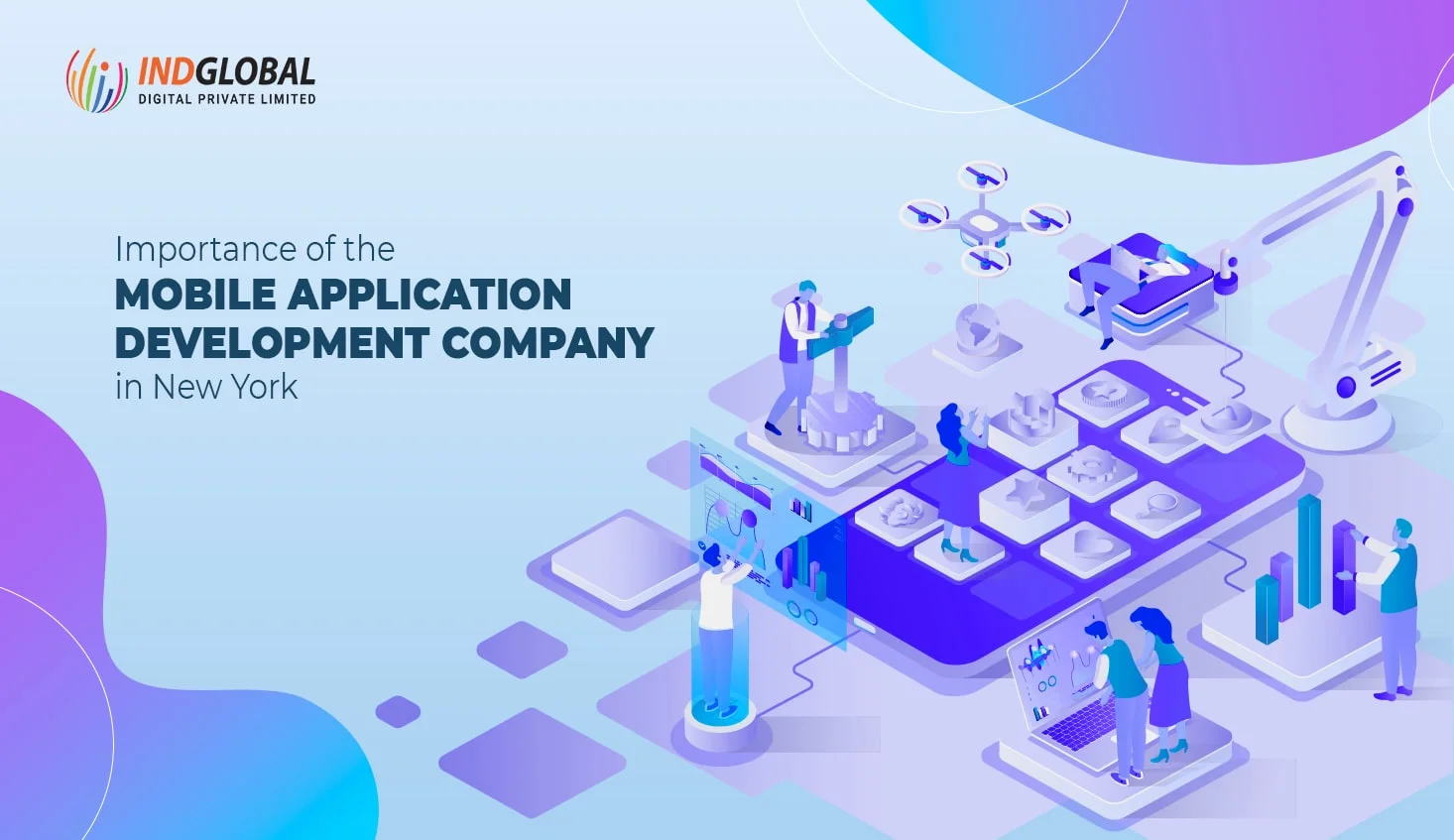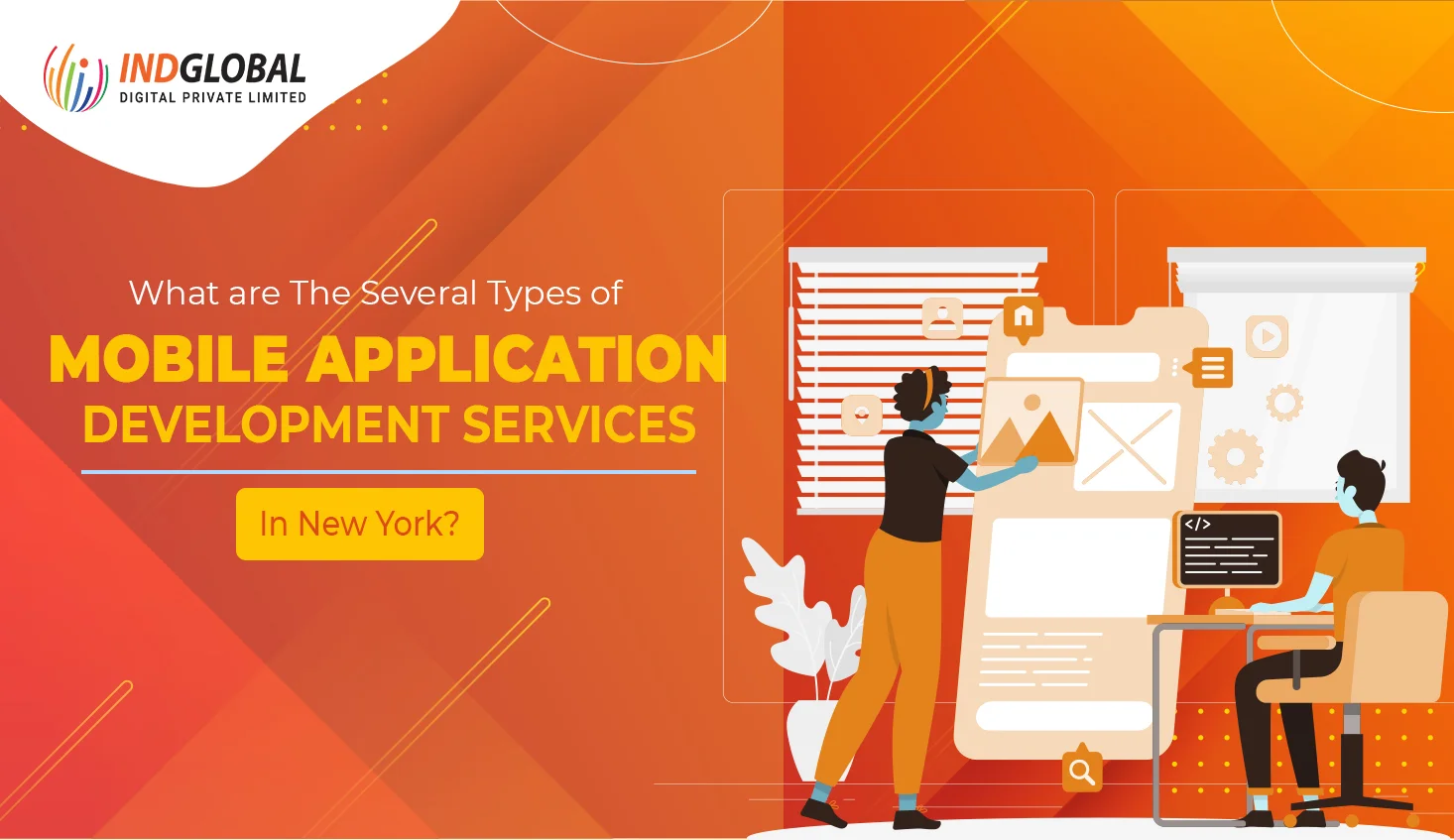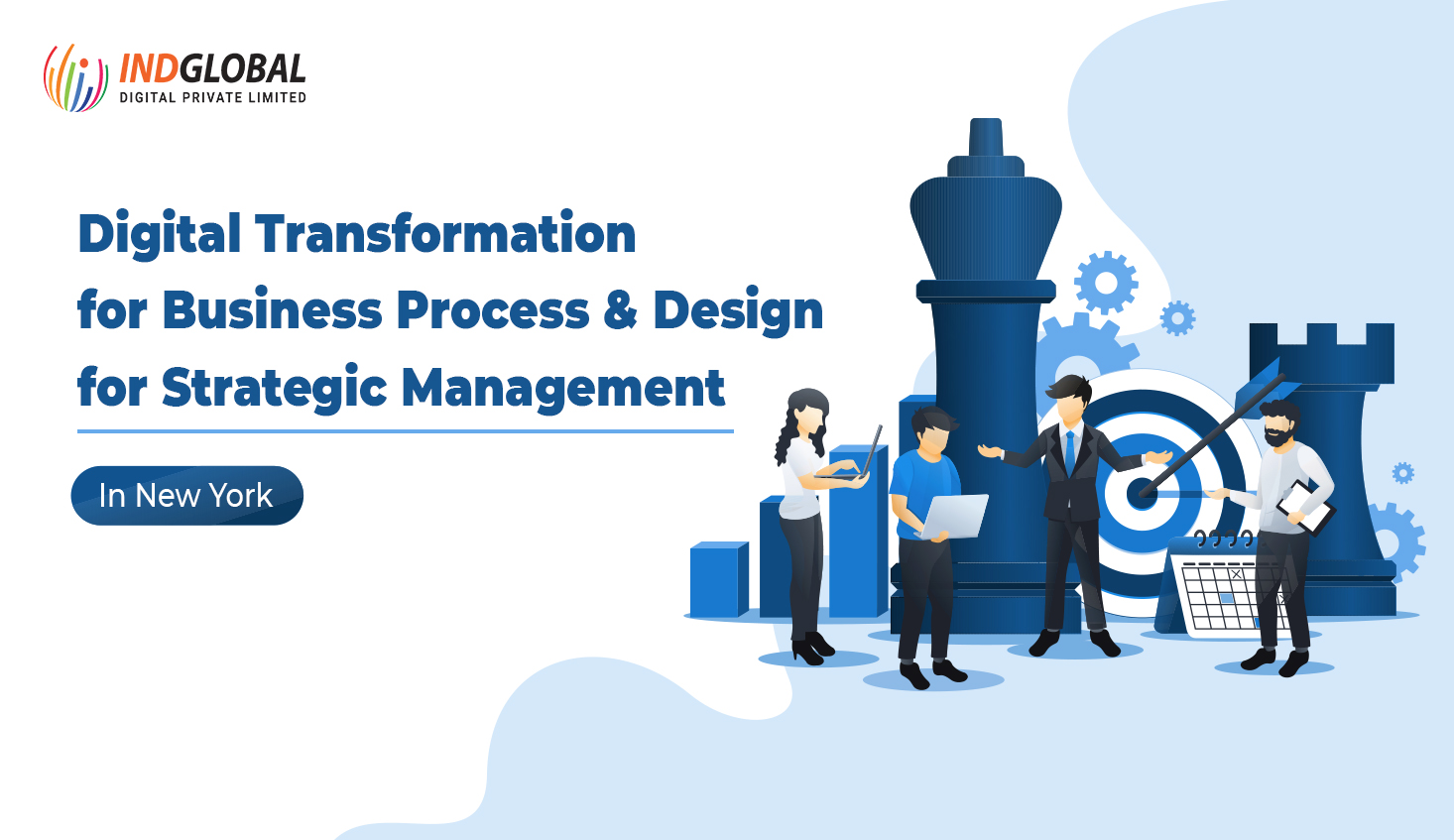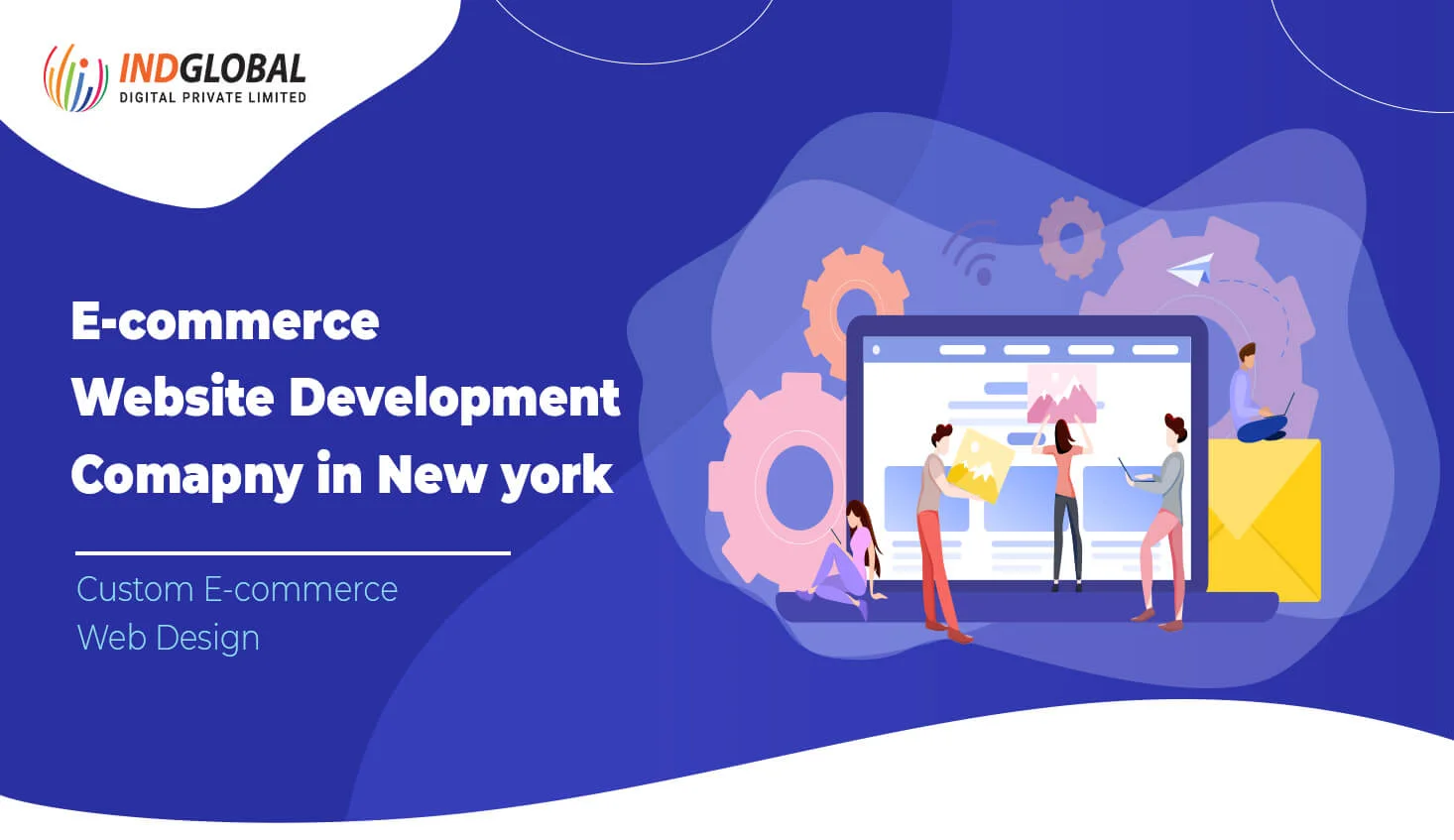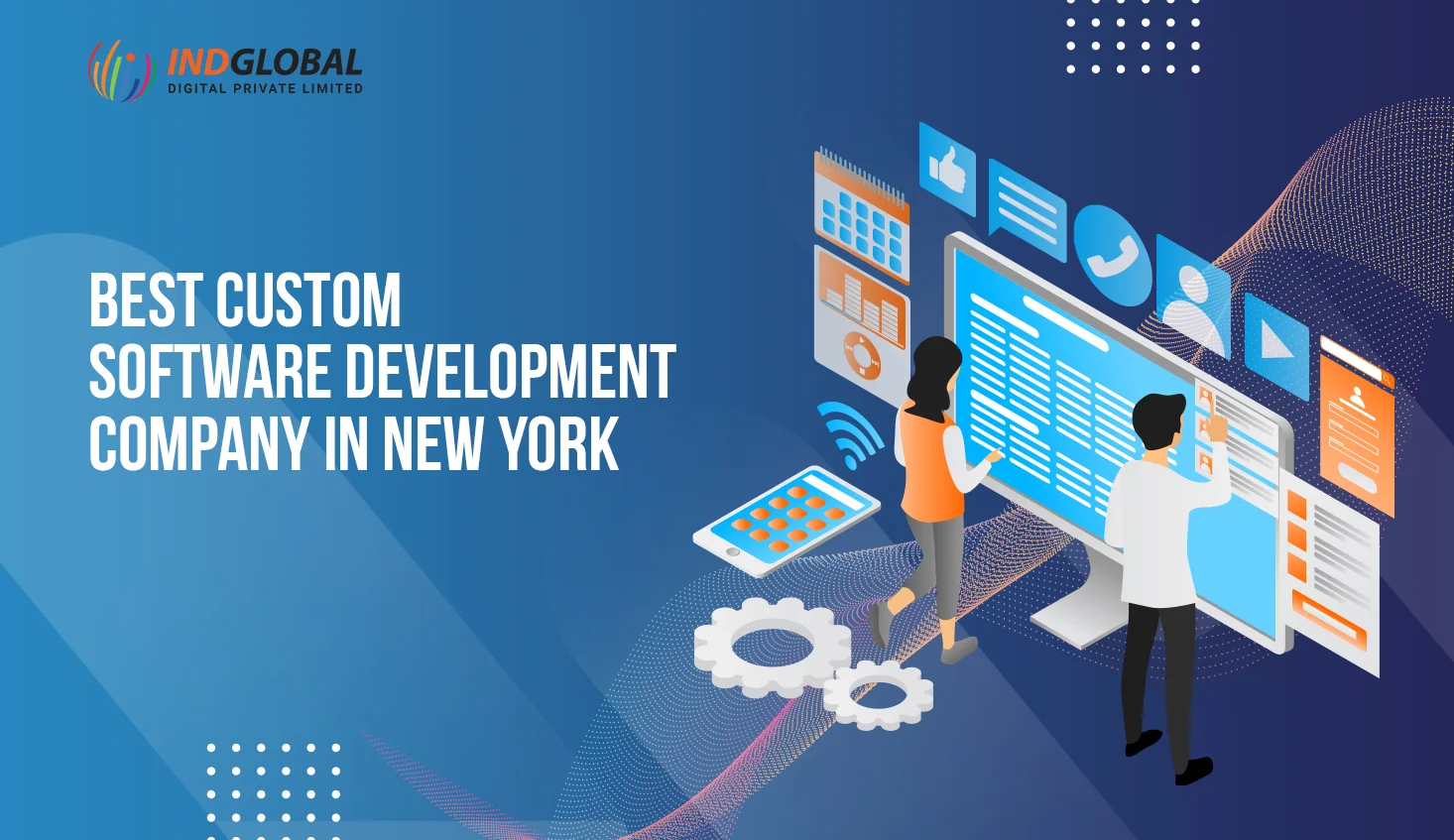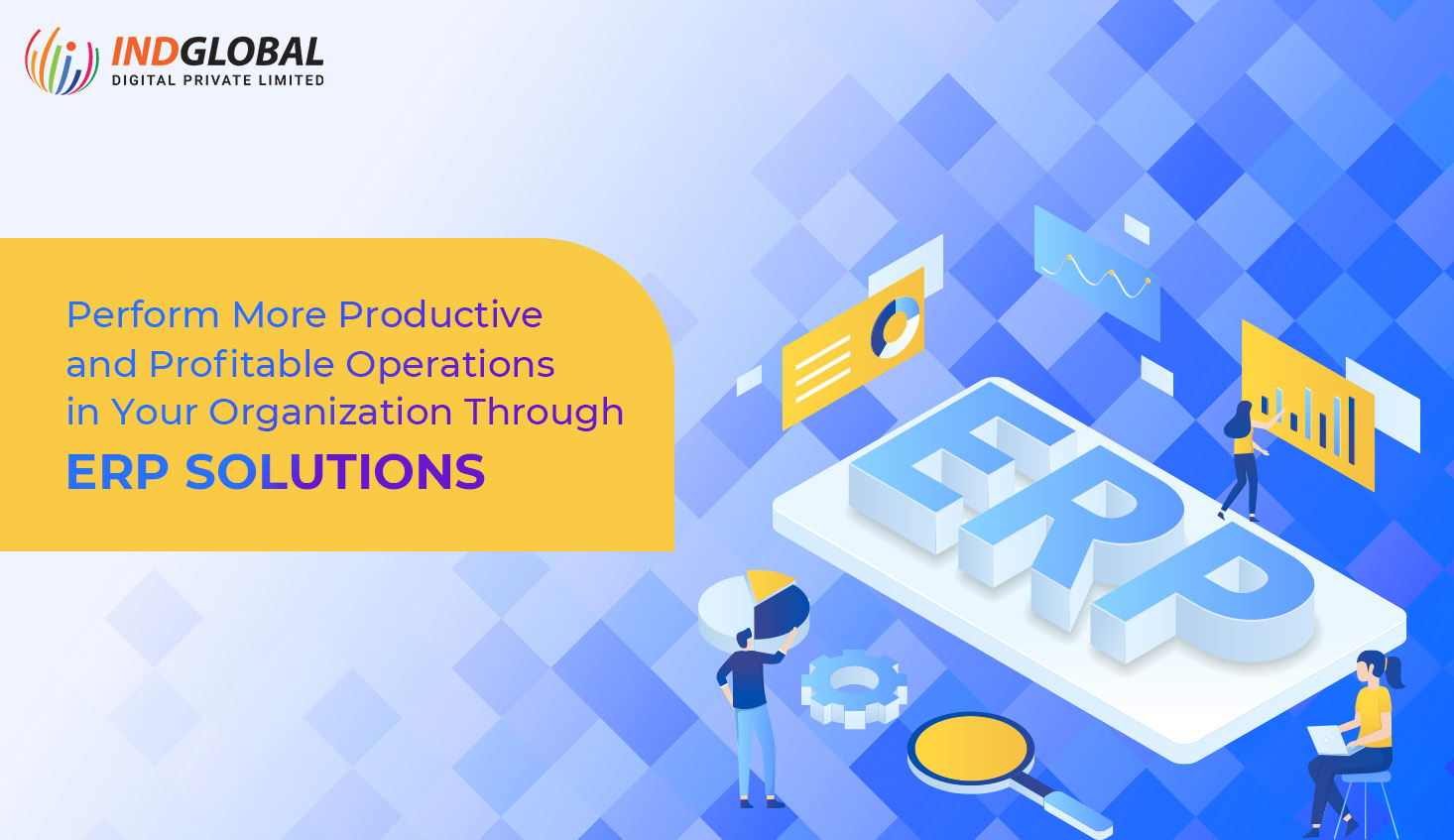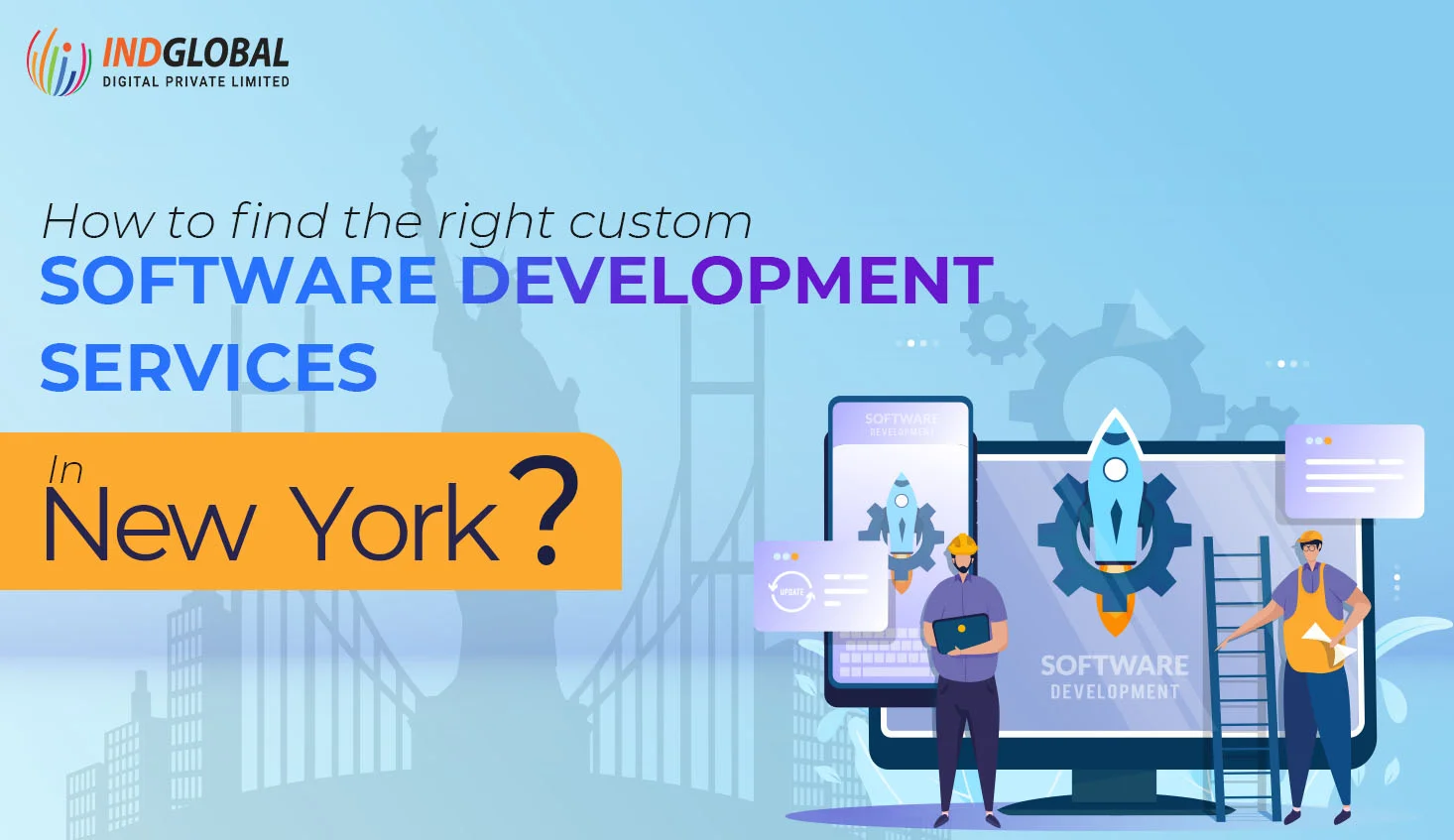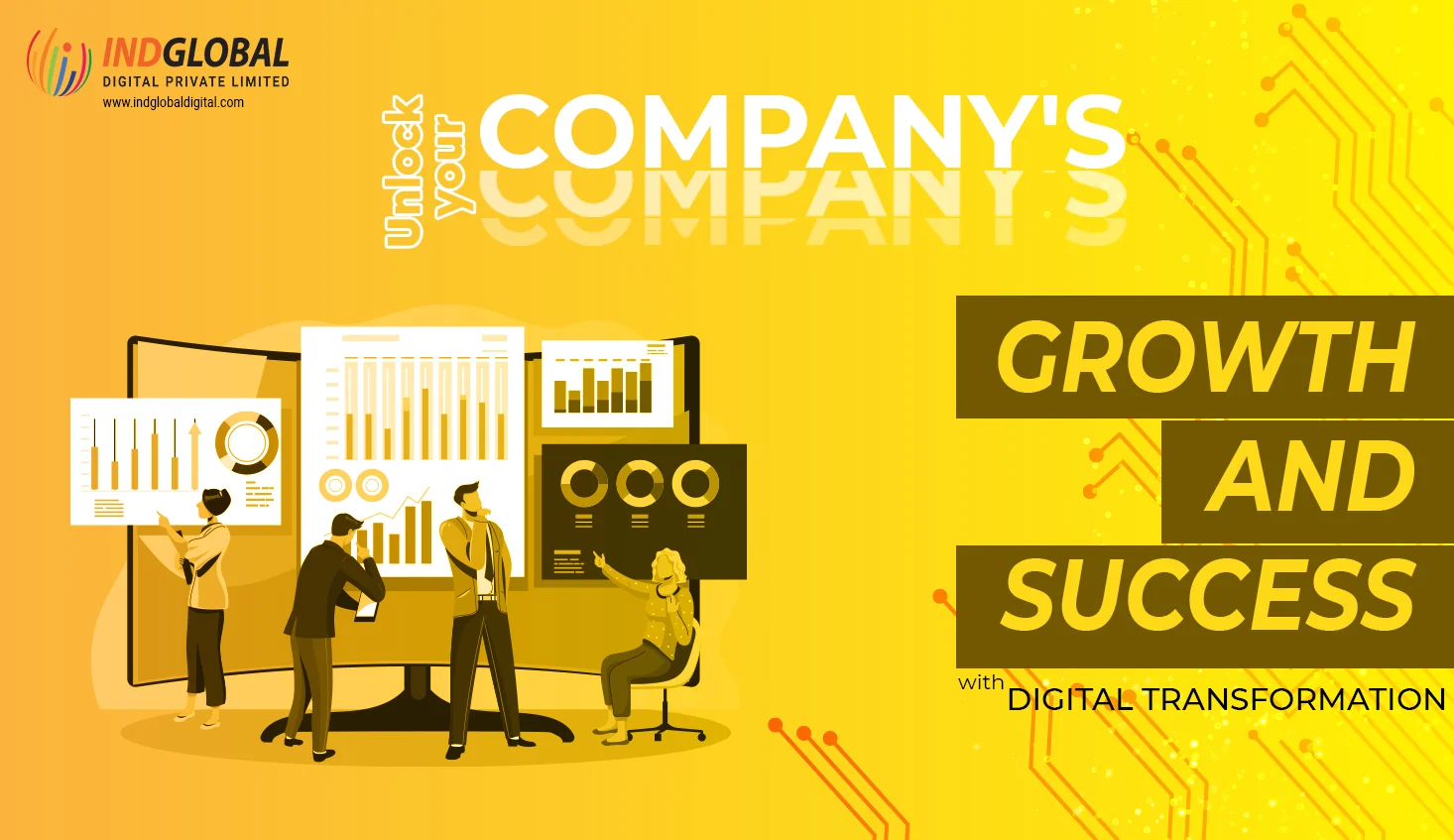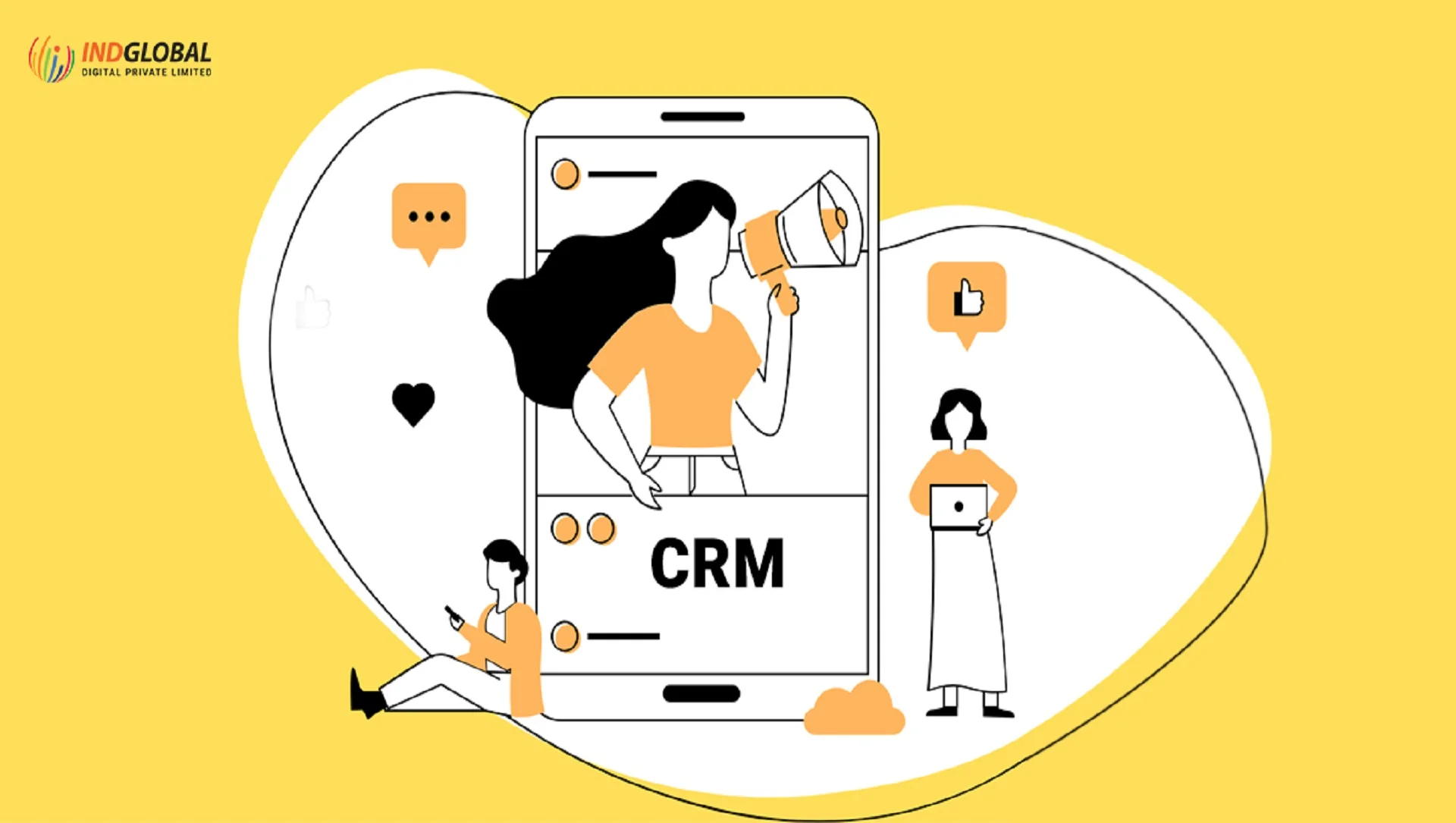You have a good idea for a product or service.
You research the target users and competitors and have a business plan.
Now, it is the time to develop and design the website.
Most business owners select Magento as the best e-commerce website development platform to design their websites because of its advantages. However, some may be required to learn the Magento website development process and get stuck with this. And, if you are also one of them, you are at the right place. This article will help you curate the Magento website development process and grow your business.
What is a Magento Website?
Magento is a PHP-based framework to help web developers build e-commerce websites. Thousands of businesses, including brands like Samsung, have used this open-source platform to launch their online store. Without Magento, website owners find it difficult to update their business websites with new products and add new images and descriptions.
Advantages of Using Magento E-commerce Platform
1. Feature-Rich Platform
As compared to other e-commerce platforms, Magento performs the best in terms of features category. Apart from essential functions such as product category, inventory management, and customer support. Some of the rich features of Magento that set it apart from other platforms are-
- Customization.
- Picking web hosting providers.
- Easy multi-platform integration.
- Fast-loading website.
Magento is a free professional platform. Therefore, create a website using Magento with a basic technological understanding.
2. Scalability
When business owners worry about a slow and underperforming website, Magento is here to rescue them. The platform handles it with ease with no need for performance adjustment.
Also, there are no issues with Magento whether you are selling 100 or 1,000 SKUs. It hosts around 500k products on a single server with 32-64GB RAM and processes thousands of transactions in an hour.
3. Impressive SEO Ability
When we talk about SEO, Magento features include:
- Metadata for home page, product page, category pages, and title tag
- Tags and categories for product URLs to remove duplicating content
- SEO-friendly URLs
- XML sitemaps
These Magento SEO tools combine with SEO best practices to boost your website’s exposure.
4. Mobile-Friendly
The number of mobile phones people use has surpassed six billion and will continue to rise in the coming time. It has made today’s consumers mobile-first. Thus, if you cannot create a mobile-friendly website, you are not behind your competitors in the online marketing era.
Magento provides all abilities to develop a mobile-friendly e-commerce website for Android smartphones and iPhones. Therefore, when mobile users spend their time in mobile applications rather than mobile browsers, Magento’s mobile-friendliness is the best choice.
Custom Magento Website Development Process
Let us start with the e-commerce website development process of creating a Magento business store. Here are the seven steps to follow-
Step 1- Requirement Gathering
The first step includes listing all basic requirements for the website-
- Website Structure
Include pages in the sitemap, including the home page, category pages, product pages, shopping cart pages, checkout pages, and CMS pages that highlight the information about contact, refund policy, cookies policy, and FAQs.
- Website Design
There are two types of web design, including ready-made themes and developing a new and unique layout from scratch.
If you want to use a pre-built theme, list all your requirements for website customization. To design your website from scratch, pick the desired style for your web store.
- Functions and Features
Find all the default and custom functions by Magento to use on your website. Also, describe how each functionality works according to the custom functions.
- Extensions
With the above features, you can use extensions to improve the website’s performance. Define the functionalities to be added to the web pages and find the desired extension with proper customization.
- Payment and Shipping
Choose the payment gateway that your website will use, and find out the payment methods it provides. Also, look for if Magento supports those payment methods. If not, you can select an extension or develop a custom module.
Next is choosing a shipping method the web uses that Magento supports. If not, pick a custom module or develop an extension.
- Third-Party Integration
Do you want to integrate the website with any other party, such as ERP, CRM, or PIM?
- Web Server
Here, the web development team defines how to develop your website on the developer’s or customer’s server.
Step 2- Front-End Web Design and Development
The front-end website development includes-
- Using Pre-Defined Themes and Templates
It is the next step to choose the themes and templates for your website. If you select the theme without customization, provide the banners, colors, and logo for installation. And, for simple customization, the web developer can help you edit the design after installation.
Select the prototype and wireframe of the complete website design for complex designs. After that, you can ask the website developers to design the web after approval.
- Designing the website from scratch
In this approach, the web designer provides website designs, wireframes, and prototypes for you to choose from. The front-end developers start working after the approval.
Step 3- Back-End Web Development
The back-end web development runs parallel with the front-end development. The stage includes
- Configure Magento 2 features and functionalities to work as you require to boost website performance for better sales.
- Develop customized functions by the backend team. Remember that the more custom parts they need to create, the longer the development time will take.
- Install Magento 2 extensions by the web development team to enhance the website performance.
- Integrate the website with payment gateways and shipping systems depending on the geographical regions and currencies.
- Import the product data into the database, including descriptions, images, quantity, and price.
- Develop CMS pages to allow customers to check and buy products and invest their time.
Step 4- Testing
There are two methods to test a website- internal testing and user acceptance testing.
- Internal testing
The internal tester of the website development team will test each project phase according to the project’s requirements and available test cases of every company.
At the project, the quality assurance manager re-checks the website quality before giving it finally to the business owner.
- User acceptance testing
Here, the website owner directly participates in testing the final result. The web development team gets feedback, including errors found on the website.
Step 5- Website Deployment and Launch
After the website development process, the code moves or deploys from the development website to the live website on the server. The site connects with the site domain.
Also, business owners use promotion campaigns to engage customers in the new website or other marketing plans.
Step 6- Support and Maintenance
At the support and maintenance stage, keep in touch with the web service developer to get the required support for the website issues and problems.
You can even contact an agency that offers free website maintenance and support during the first months after launching the online store.
Connect with Indglobal Digital Private Limited for the Best Magento Website Development Process
Developing an e-commerce website and running daily business operations on it can be a challenging task. Therefore, partnering with the web developer and team can make it manageable. At Indglobal, we handle the technical aspects of the website while you focus on business growth.
Why choosing us will help you grow your online store effectively?
- We can talk to business owners in various fields instead of having someone else perform the desired task.
- We use a transparent and well-defined process to deliver the best services at the required time.
- We have experience in the business industry with all types of specifications.
- We can take your business goals on point and target into account.
- We make our customers more comfortable by contacting them rather than working on ticketing portals.
- We take proper time to research and plan features based on the business requirements.
The Last Lines
The Magento website development process is complicated. Therefore, this blog can help you get a clear idea of creating an online web store based on the Magento platform step by step.
However, your business will need a website development partner to help you in the website development process and support you in defining your business operations. So, being the top e-commerce development company in New York, we are always available for our clients every time to help them in every possible way.
Book an appointment and meet us soon to develop your web store.
Next Post ←
Tips to design your Ecommerce website with Magento
RELATED ARTICLES
Request a quote or Talk to an expert
We guarantee a response in 6 hours or less. And the best bang for your buck.




